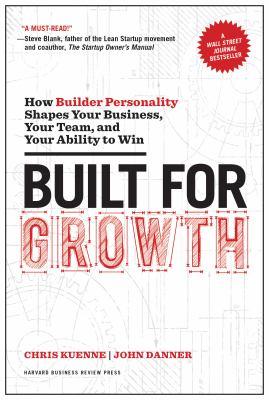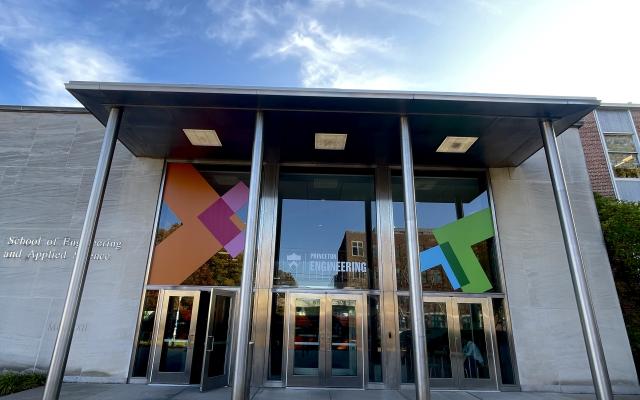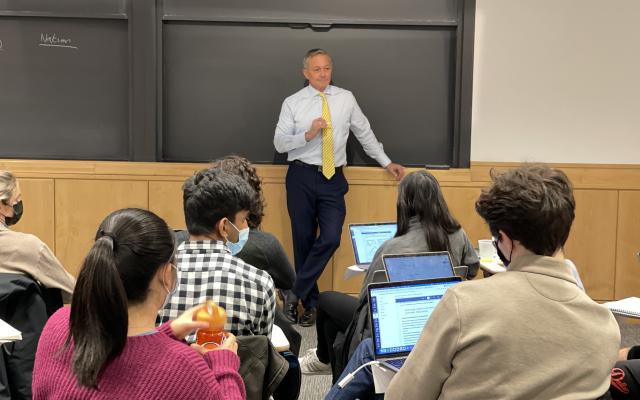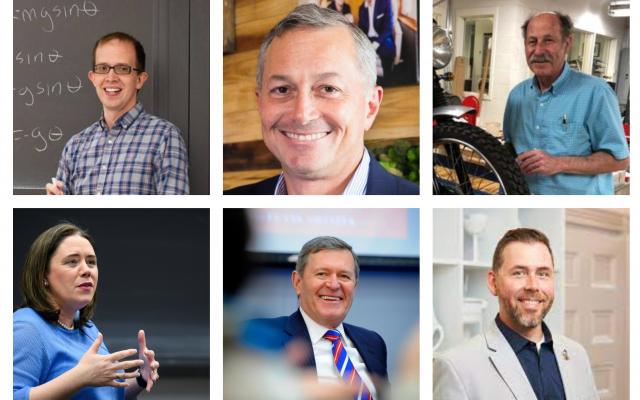
I am fortunate to have been the founder of Rosetta, a digital technology and services company which grew to be a market leader, the co-author of Built For Growth, with my colleague and collaborator, John Danner and honored to be a member of the Keller Center faculty at Princeton University. For nearly 40 years I have been fascinated by the question of what motivates people to act as they do in a commercial context. I have devoted my career to translating insights about customer motivation into personalized sales and marketing techniques that accelerate enterprise growth.
I am now focused with my colleagues at Rosemark on applying these growth techniques to build a family of interdependent companies in customer marketing, focused on enhancing consumer lifetime value through advanced personalization techniques. The book John Danner and I published, is based on the research we conducted on how the Personality of the Founder defines and shapes the path to growth and scale of successful new ventures. My on-going research on this topic and related growth strategies are the basis for my articles and speeches.
Prior to founding Rosetta, I co-led the retail marketing practice at First Manhattan Consulting Group, following 10 years in marketing management at Johnson & Johnson, where I led the Band Aid® and Tylenol® brand franchises. I serve on several corporate and nonprofit boards.
I received my MBA with Honors from Harvard Business School, and BA from Princeton. I live in Princeton, NJ, and Shelburne, VT with my family.
What will students be able to take away from your Keller Center classes?
Students who take EGR 491 will be exposed to the fundamental frameworks required to launch and scale a tech-centered business. These frameworks include the value hypothesis, the growth hypothesis, competing in an ecosystem, financing growth and the role the personalities of the founding team members play in shaping the growth path of the venture. The aforementioned frameworks comprise the mechanics of the course and provide the context for each student to learn more about him or herself, in terms of motivation and leadership and perhaps some of the elements that will ultimately shape his or her pursuit of a career with purpose and impact.
How are you involved with the Keller Center?
I have had the pleasure of serving on the PEAC (Princeton Entrepreneurial Action Committee) co-authored the Certificate in Entrepreneurship with Professor Melissa Lane, been an advisor to the Silicon Valley and New York Tiger Treks, which has included helping to select the lucky participants, helping them prepare and attend the trips. Additionally, I have formally advised several dozen students on their senior theses, Junior Papers, Certificate practica. Finally, I stay in touch with dozens of EGR 491 alums and formerly mentor about a half dozen each year.
Share an inspiring story about your time at the Keller Center.
I have had the honor of teaching over 600 students over the past 8 years and I can honestly say that each day I am sharing time with Princeton students provides an inspiring story. Students in EGR 491 come from many different countries and backgrounds. Their stories of grit and determination, paired with their curiosity and raw intellect make each case-based class an inspiration. The energy that comes from discussing and attempting to 'crack' each case in the context of the class, combined with the close relationships that form over the course of the semester, creates an alchemy.
Two of my favorite moments that illustrate this unbridled inspiration are as follows. A few years ago, a student asked me a deeply personal question about a very challenging moment in building and scaling the company I founded. It was such a profound moment that the entire class felt as if it hung in suspended animation as I thought about the question, answered from my heart, invoking a high level of emotion. That teaching moment was magical as the fusion of curiosity, honesty and energy fused together. A similar moment occurred a few years later, when we were discussing a case involving fresh produce and a student described what it was actually like working with migrant workers picking and packing fruit. Her contribution transformed the issues of the case from the sterile discussion of a classroom to the realities of the supply chain.




